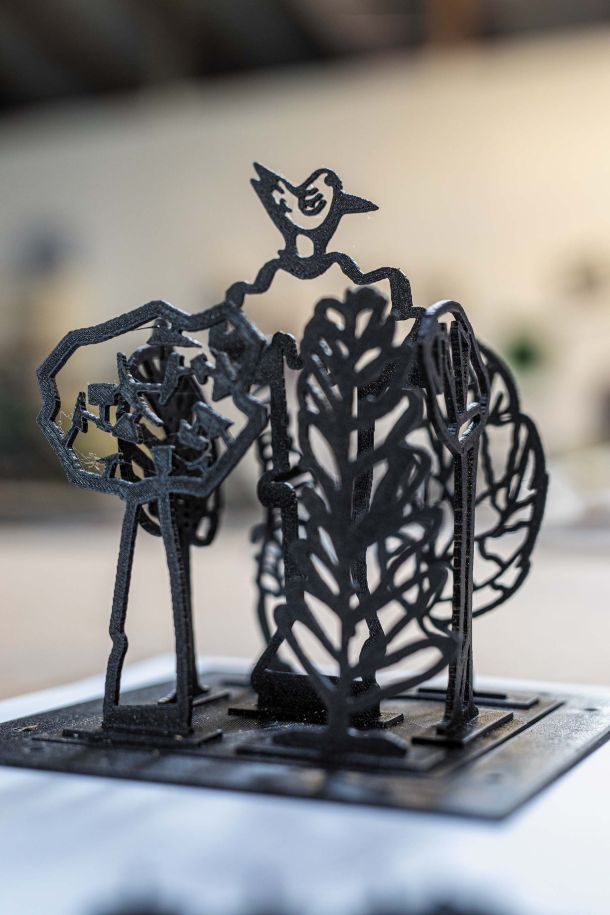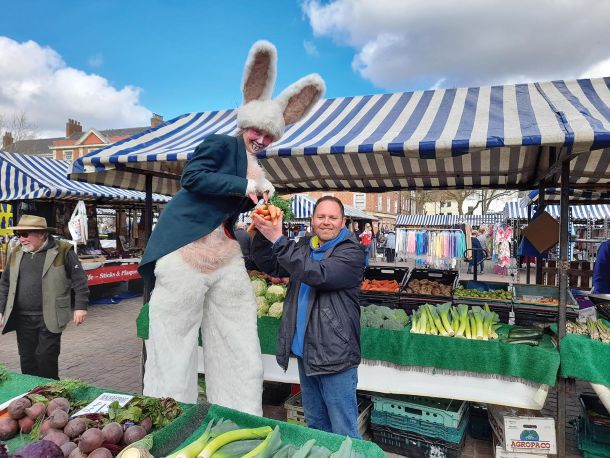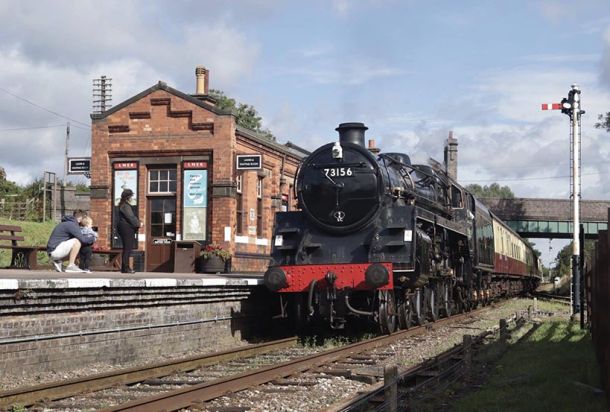In The Frame
Often cited as a ‘hidden gem’, the Framework Knitters Museum offers a delightful way to discover how framework knitters and their families lived and worked in Victorian times, as well as bringing 400 years of rich local heritage to life.
It is being restored to give visitors the opportunity to experience the craft, it’s role in the Industrial Revolution, and even explains how framework knitting gave birth to Nottingham’s famous lace industry.
Visitors to the museum can expect an authentic and evocative trip through history and craft. The museum itself is laid out as a quadrangle of 19th century buildings around a lovely cottage garden (which was originally a vegetable patch for the workers), with frame shops, cottages and utility outhouses to explore. The cottages offer a wonderful way to immerse yourself in the time that they were occupied, featuring household items in use at the time. Three generations of the same family lived here and the museum still has some of their belongings. The frame shops feature an array of knitting machines dating from 1750. These give the visitor an immersive experience and a real understanding of how life and this craft were intertwined as a livelihood for so many in the area.
As we walked around the museum, there’s no doubt that the atmosphere is evocative and the surroundings are quite charming, but what really elevates the museum are the excellent guides and the team of staff and volunteers, who not only know their history inside out, but clearly are passionate about keeping this rich heritage alive. From one building to another, we were able to see how people made a living through the craft, just how life was at the time, and the importance of framework knitting.
The Stocking frame was invented when Queen Elizabeth l was on the throne. Initially it was used to make stockings or hose, but all types of knitwear were made. All the family was involved. Children started work at the age of six as winders or seamers. The boys were taught to use the frames from about the age of 12. We can discover just how hard life was for the men who worked the frames for 14-hour days but were treated so badly that they were some of the poorest workers in the country. There was a saying in Victorian times, “as poor as a stockinger”. It is no wonder that they rose up against the manufacturers who reduced their wages as part of the Luddite Rebellions. It is a story of hardship but also inventiveness that led to Nottingham becoming the lace centre of the world.
As you wander around and discover more about the history and the industry at the time, you will have chance to see original knitting frames, beautifully preserved, and demonstrated by volunteers who are learning to use them here. There is also a fascinating collection of hosiery and related items, including a pair of Queen Victoria’s stockings to view.
We asked the Museum Manager, Sarah Godfrey for some top tips on things to look out for when visiting.
“Something that is always popular is the chance to knit your own souvenir on a vintage Griswold circular knitting machine. Visitors have a lot of fun with that and have something unique to bring home.
“Our knitting machines are 200 years old and you can see them still working perfectly in the frame shop and they really are a sight to behold.”
“And of course, you can really get a feel for what life was like back then and how the framework knitters worked. It’s really magical and we have worked hard to keep the entire experience as authentic as possible. Framework knitting is an endangered craft and we just want to cherish it and share its story with as many people as we can.”
After a wonderful hour and a half immersing ourselves in this intricate craft and transporting ourselves back in time, we enjoyed a spot of shopping in the gift shop and a coffee and cake in the museum’s brand-new café, which alongside the shop and community garden, forms part of the museum’s recreational area - Parker’s Yard.
The café is the result of funding recently received through the Heritage Fund and FCC Communities Foundation along with core funding from the Friends of the Museum and has allowed the museum to offer a lovely space for people to relax and reflect on the surroundings. The café, alongside the newly refurbished shop front and reception area, have really given the museum a new lease of life, and the café has established itself as a meeting point in its own right, attracting people from outside the museum who just fancy somewhere different and welcoming for refreshments.
On the new café, Sarah, said: “Our recent building project, Parker’s Yard, has allowed us to improve our shop offering and enable the café to open outside of the museum hours. As a result, we are welcoming a wider demographic, and we have been able to increase both employment and volunteering opportunities for local residents. It’s a fantastic space to hang out.”
The museum also plays host to a number of interesting art and textile related exhibitions and events throughout the year, with its Chapel Art Gallery showcasing work by a number of artists and local collaborators. The calendar for 2023 is looking vibrant and during the summer events will include a ‘Big Swap’ – a sustainable clothes swap and talks on sustainable fashion, and a collaboration with Smedley’s to celebrate framework knitters through time, which will present a series of black and white photographs from the famous photographer Clive Booth.
The museum team are also working hard across the local community to establish opportunities for learning and discovery and are hoping to welcome as many people through the museum’s doors as they can, with a wide spectrum of activities. School visits and Interest groups are welcome.
They are currently teaming up with both The University of Nottingham and Nottingham Trent University to look at a programme of wellbeing for students through knitting activities and offering museum studies, marketing and volunteering opportunities.
We came away with the sense that they are very much in the frame at the moment – not only bringing the magic of framework knitting to the forefront of people’s minds, but actively championing the importance of the textile industry, its crafts and people – past and present - as a whole across our region.
Sarah and the team are keen to welcome new visitors and invite families to discover the craft. “There is literally knit everywhere here! We remember how textiles helped to put Nottinghamshire, Leicestershire and Derbyshire on the map, and by visiting you are helping to preserve this unique aspect of our industrial heritage. Come see us!”
Framework Knitters Museum
Chapel St, Ruddington, Nottingham NG11 6HE
Wednesday - Saturday between 11am - 4pm.
From the 2nd April, the museum will also be open on Sundays.
Sunday opening hours are 1pm - 4pm.
Parker’s Yard
Wednesdays to Saturdays: 9.30am - 4.30pm
Sundays: 11.30am - 4.30pm









